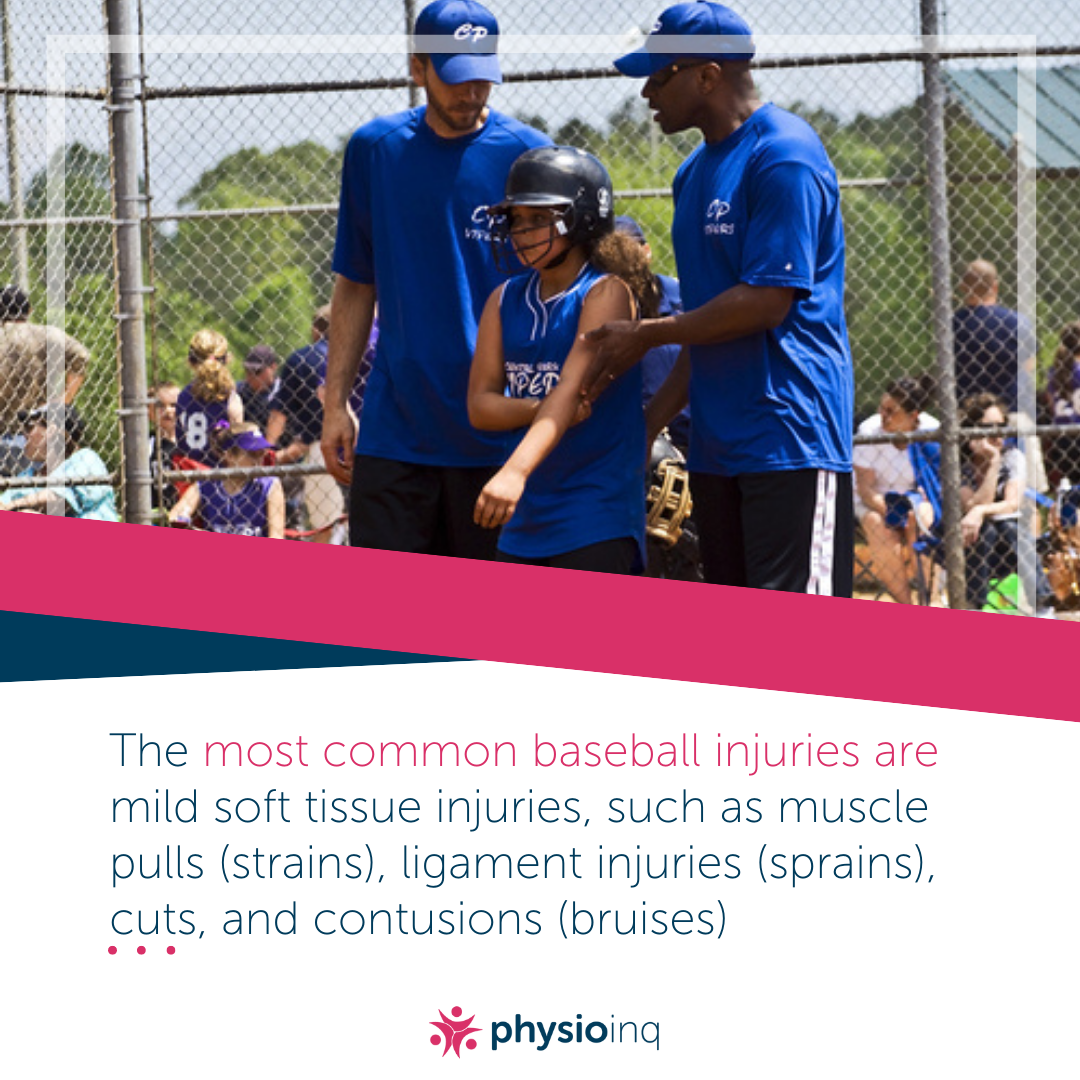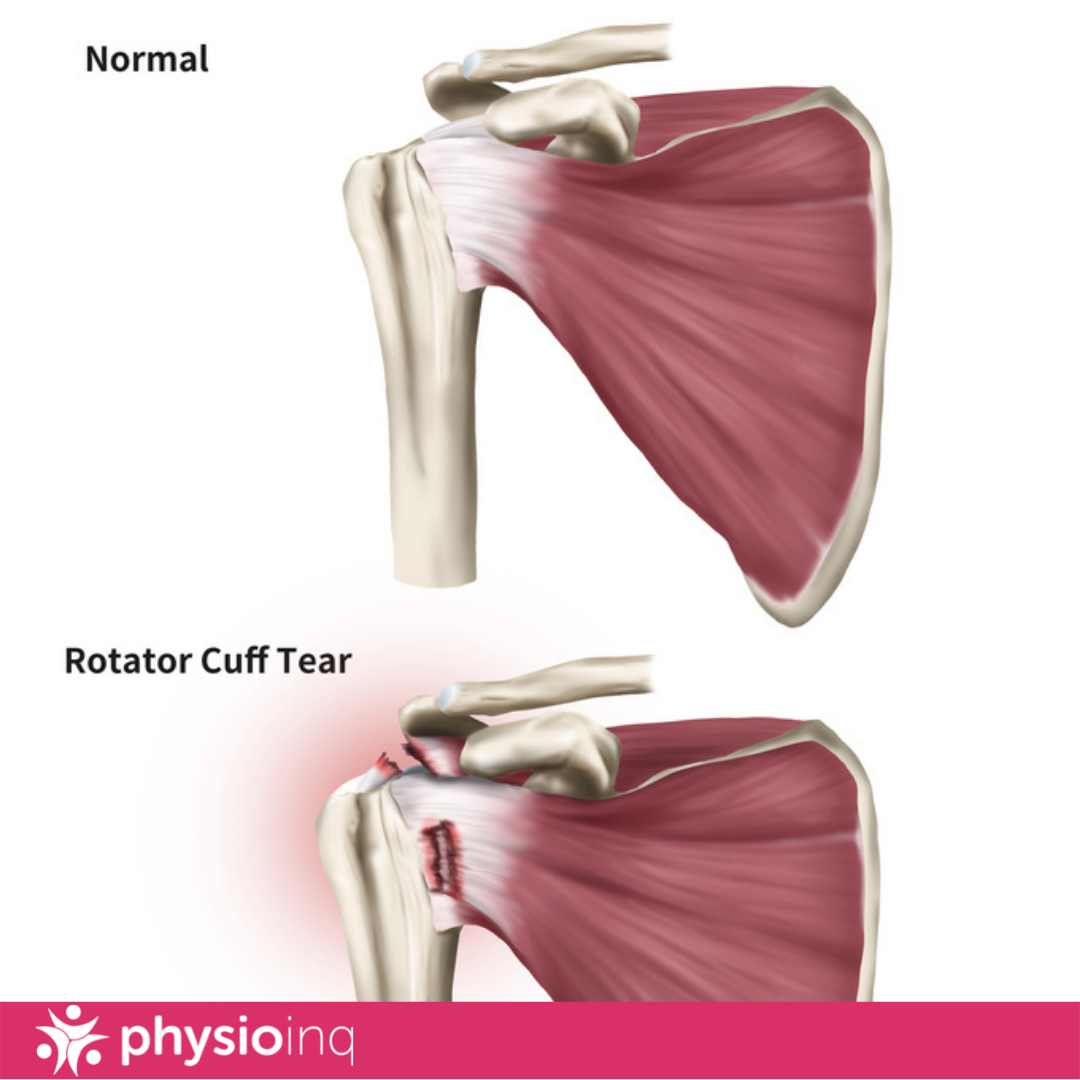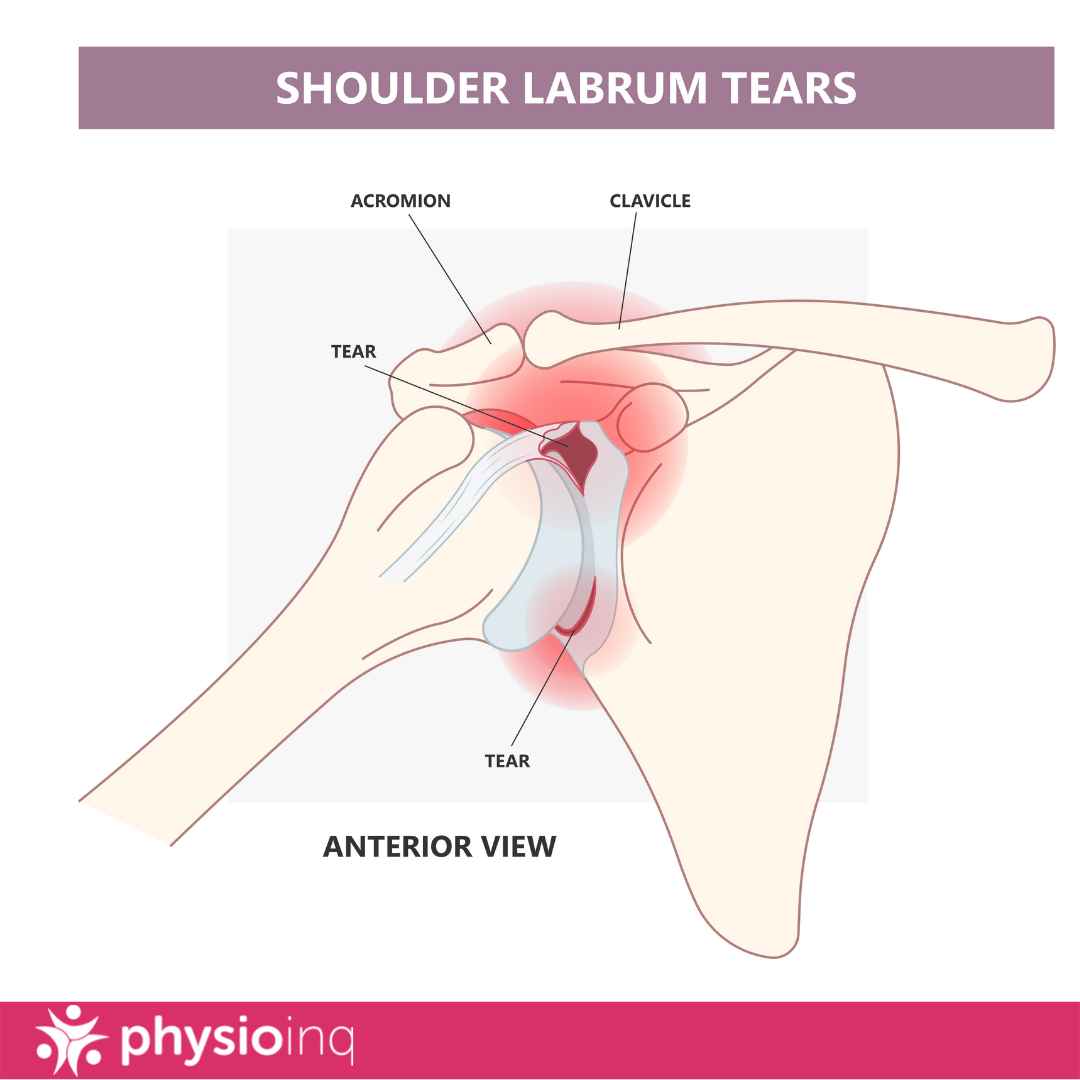Make an Appointment
Batter up! There isn’t anything better than sitting in the stands, cheering on your favourite baseball team under the night lights.
But, for players, daily practices, double-headers, and long weekend tournaments can take a serious toll on the body. In this article, we’re unpacking some common baseball injuries and how to prevent baseball injuries.
Keep reading for some game-winning tips.
What is the most common injury in baseball?
The most common injury in baseball is an overuse injury.
"The vast majority of throwing injuries are simply a result of overuse" - Dr. ET Mejia
Baseball is known for being a slower-paced and low-intensity sport that is chock full of repetition. Repetitious hitting, running, and especially throwing can be the reason for overuse injuries.
An overuse injury is defined as damage and pain caused by repetitive movement and overuse. These pesky overuse injuries can impact muscles, nerves, ligaments, and tendons and are characterised by tenderness, stiffness, or tingling in the affected area.
The most common overuse injuries in baseball impact the rotator cuff, labrum, and UCL (or ulnar collateral ligament). Strains and sprains are also very common in baseball players.

Rotator cuff tears
The rotator cuff is made up of four muscles that work together to help to rotate your shoulder. The repetition of throwing and pitching can wear down the structures attached to these four muscles and lead to a torn muscle.
If the issue is uncovered before the muscle is torn, this injury can be helped by a licensed physiotherapist. However, if the muscle is fully torn surgery will likely be needed.
UCL injuries
A UCL injury occurs with wear and tear on the ligaments in the elbow due to pitching or throwing. These injuries can range from complete tears to less severe damage such as inflammation.
In some cases, athletes have pins and needles feeling in the ring and pinky finger, causing them an inability to grip a ball. Most cases of UCL injuries can be fixed with rest and physical therapy but more severe cases may require surgery.

Labral tears
The labrum is a structure in the shoulder that helps keep the shoulder socket tight. The most common symptoms of a torn shoulder labrum are pain, instability, and, in some cases, a feeling of locking or catching while moving the shoulder.
These symptoms may vary depending on the type of labral tear a person has and can be either repaired surgically or with physical therapy and rest.
Muscle sprain and strains
While not necessarily overused injuries sprain, and strains and also quite common in baseball players. A strain is a stretched or torn muscle and a sprain is a stretched or torn ligament.
In baseball players, sprains and strains are most common in the legs, arms, and back. Symptoms include pain, weakness, muscle spasms, bruising, and/or swelling.
These injuries rarely require surgery and can typically be solved with physiotherapy and RICE (rest, ice, compression, and elevation).

Remember the Off-Season?
Athletes, both amateur and elite, used to train hard during pre-season, compete during their season, and then recover in the off-season (or enjoy a different sport altogether). But, baseball has seemingly transitioned from a spring and summer sport to a year-round marathon.
Having an off-season seems like an ancient concept to many athletes nowadays. Training all year long, as well as specialising at a younger age, places athletes at high risk for overuse injuries.
One sport specialisation provides little time off and can cause kids and adults to miss out on the benefits of developing different fundamental movement patterns to become well-rounded athletes.
For example, a pitcher can typically throw more than 100 pitches a game. Now imagine doing that 65+ games a season; that’s a total of more than 6,500 pitches in a year. This volume can lead to multiple injuries in pitchers.
So, let’s remember the off-season was there for a reason. Rest, recovery, and cross-training are all important parts of every athletic experience.
How do baseball players prevent injuries?
Baseball players can prevent injuries with preparation, technique, and safety. Let’s go over how to prevent baseball injuries in these three ways.
Prepare Properly
Before you hit the field, a pre-season physical exam is always a good idea. The best way to prevent injuries and illnesses is to identify any issues before they fester.
Incorporating strength and conditioning exercises into your routine in pre-season, during the season and in the off-season improves your athletic performance, strengthens muscles and is one of the best ways to prevent injuries from occurring.
Stretching is one of the most important parts of your conditioning routine, specifically holding the stretch for 30 seconds and relaxing between each exercise set. It’s also recommended, and highly important, to stretch your muscle at its end range of motion.
Strengthening exercises are more effective when targeted specifically to the demands of your positions.
Outfielders need a strong arm to throw to the infield, mid-fielders need to be able to throw quickly and accurately and pitchers need strong muscular endurance to be able to throw for multiple innings.
Figuring out which exercise is best for you can help maximize your performance and minimise baseball-related injuries.
Refer to Mike Reinolds article on 6 keys for a successful Baseball Strength and Conditioning Program for offseason baseball strength and conditioning programs.
Technique Technique Technique
When it comes to technique, there is a good technique and there is a bad technique that can put you at greater risk for injury.
Good pitching technique starts with limiting the number and type of pitches thrown – parents and coaches should be aware of these. Avoid pitching on consecutive days and on multiple teams with overlapping schedules in order to prevent an overuse injury.
If you have consistent arm pain that does not go away it is imperative to seek help as you may be pitching too much or using the improper technique that is causing damage.
Many injuries occur when sliding, so coaches, make sure to spend time teaching proper sliding techniques to avoid sliding injuries – and always only to players age 10 and up.
Also, make your team aware of the obstruction rule – the fielding player cannot obstruct the path of the runner. Fielding players should never get in the way of the runner or block the base without possession of the ball, as this can be dangerous and lead to a collision or further injury.

Safety First
Safety is key when you’re focusing on how to prevent baseball injuries.
When you think of safety, start by inspecting the field for any debris, holes, or divots that could be unsafe. Use a field with breakaway bases to help prevent sliding injuries.
A breakaway base is more stable than a traditional stationary base and will not detach during normal base running, which could significantly decrease sliding injuries.
Safety includes the use of proper and updated equipment such as a helmet, face shield, mitt, face mask, shin guards, and shoes that fit properly. All these things contribute to a safe ballgame.
If you’re looking to keep in top shape and start an injury prevention conditioning program we can help keep you at your best, or if you’ve been injured on the baseball field, a physiotherapist can help you with healing and strengthening and get you back to the field feeling great.
At Physio Inq we offer both In-Home, In Clinic & Online Physiotherapy solutions across Australia.
Find your local Physio Inq Physiotherapist today.
Date Published: Tuesday, June 7, 2022
Locate a Mobile Physiotherapy
Service Near me
Get the experience & convinence you deserve to support your or a loved one's allied health needs.
Our Mobile Physiotherapy team are currently serving & taking appointments in the following states and regions in Australia:
Need to get into direct contact with ur Client Services team? We're all ears. Call our team directly on 1300 731 733








